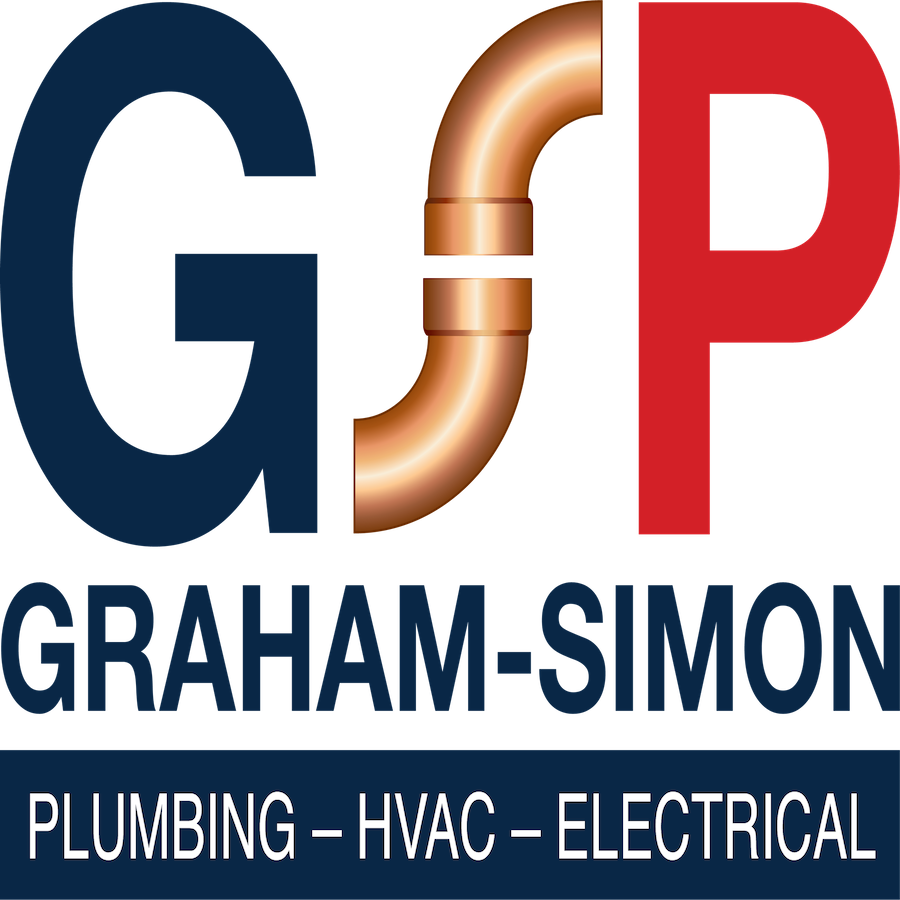8 Tips to Get Your Furnace Ready For Winter
What to do to get your heater working well before the cold sets in.
School is in full swing, the leaves are changing color, and that pumpkin spice latte just isn’t enough to stave off the morning chill. It’s about that time to switch your HVAC system over to heat. Check the following list we created to be sure your furnace is ready for the coming winter.
Turn on the thermostat
Switch from cooling to heating and set the temperature a couple of degrees higher than the current room temperature. If you don’t hear the heat kick on within a minute, pull off the cover and make sure the wire connections are secure (if you feel comfortable doing so). If the connections are snug, make sure the power source to the HVAC system is turned on. If it’s still not working, you could check the furnace fan, blower or heat pump — but it likely makes better sense to call in a professional.
Change the air filters.
You probably have air filters behind a vent grill in the wall or ceiling, or a single filter in the HVAC system itself. Change these filters every few months. Or, if you have a permanent electrostatic filter, you can wash and reuse it. Cleaning or replacing your filters regularly keeps particles out of your HVAC system and can prolong its life. While you’re at it, change your humidifier filter and set the humidistat, if your HVAC includes a humidifier.
RELATED: Schedule a furnace checkup with one of our heating & cooling experts, and stay warm all winter. Learn more
Cover the AC condenser.
Unless your HVAC is a heat pump (in which case, don’t cover it at all because it runs all year), cover the condenser to protect it from falling icicles. They make covers for your unit, or you can use something handy like a trashcan lid. You can also use a board to cover the fan — but don’t wrap it in a moisture-trapping plastic tarp.
Clean the heat exchanger.
The heat exchanger should be brushed and vacuumed out annually by a trained professional while the unit is disabled. While it’s being cleaned, a certified technician will look for cracks, which could lead to a dangerous carbon monoxide leak into your home.
Lubricate and clean the blower motor.
First check the owner’s manual to see if your motor is the kind that needs lubricating. If it does, turn off the power, open the cover and clean the caps covering the bearings. Then remove the caps and lubricate the bearings.
Test the igniter switch.
On an old system, you might have to relight the pilot. Newer systems have electronic ignitors. If the ignitor isn’t working, push the reset button. If that doesn’t do the trick, check your breaker. Still not working? Call in a professional.
Inspect the chimney and carbon monoxide detectors.
Chimneys can house carbon buildup or even small animals. It is recommended that you have a professional periodically check your chimneys. Routinely test or replace carbon monoxide detectors as well, as they help protect you from the “silent killer.”
For an oil-powered furnace, replace the filter nozzle and check the tank level.
Unlike gas-fired systems, oil units require oil filter changes, burner nozzle cleaning and a pretty thorough heat-exchanger brushing to keep them running efficient since oil doesn’t burn as cleanly as gas.
Rely on Graham-Simon Plumbing, HVAC, and Electrical to Add Your Mini-Split Air Conditioner The same as traditional HVAC systems, ductless mini-splits require accurate sizing and Expert installation to provide the greatest performance. Our knowledgeable technicians can help you figure out if a mini-split system will fit your needs. We can then help you with determining the correct equipment size and model to make your residence as comfortable and energy-efficient as possible.
The best way to maintain a healthy HVAC system is to have periodic maintenance checks conducted by a professional. Your licensed HVAC technician will be able to conduct a full inspection of your system to identify potential risks before they turn into costly problems.
Sign up for our maintenance agreement for 4 professional tune-ups a year:
Precision A/C Tune–Up
Precision Electrical Tune–Up
Precision Plumbing Tune–Up
Precision Heating Tune–Up


